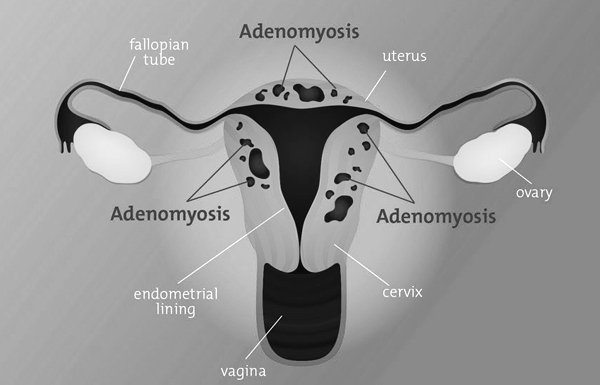Dr. Sankar Dasmahapatra
Laparoscopic Surgery Specialist in Kolkata, India
DGO, MS, Fellowship in Gynaecological Lap Surgery (Sydney -Australia)
Consultant Gynaecologist & Obstetrician
Infertility Specialist & Lapaoscopic Surgeon
DGO, MS, Fellowship in Gynaecological Lap Surgery (Sydney -Australia)
Consultant Gynaecologist & Obstetrician
Infertility Specialist & Lapaoscopic Surgeon
by Dr. Sankar Dasmahapatra

Can you have laparoscopic hysterectomy with adenomyosis?
The presence of adenomyosis (ADS) may increase complication rates associated with laparoscopic hysterectomy (LH) due to an increased weight of the uterus, increased vascularization of the uterus, impaired myometrial tissue, and presence of additional gynaecological pathologies such as leiomyoma or endometriosis.
What type of hysterectomy is best for adenomyosis?
Laparoscopic surgery is the gold standard for minimally invasive removal of adenomyotic tissue. Using specialized equipment and a keyhole incision, the surgeon can precisely view and remove any abnormal tissue.
Can adenomyosis be treated with laparoscopy?
Laparoscopic adenomyomectomy with TOUA is a safe and effective surgical treatment modality for women with symptomatic focal uterine adenomyosis who want to preserve fertility.
Can adenomyosis be treated with hysterectomy?
The only way to fully stop adenomyosis is with a hysterectomy (surgery to remove the uterus). Since adenomyosis causes diffuse, often finger like projections of tissue to invade the uterine wall, we can't just go in and remove the abnormal tissue like we might be able to do with fibroids.
What is the gold standard in the treatment of adenomyosis?
Although hysterectomy is the gold standard for diagnosis and treatment of adenomyosis, it is reserved for women who have completed childbearing. Vaginal, laparoscopic, and abdominal hysterectomies vary in recovery time and postoperative morbidity.
Can adenomyosis come back after a hysterectomy?
For women with endometriosis, hysterectomy is often viewed as a permanent solution to their chronic pelvic pain. For many women, this is the case. However, there will be a small number of women who will experience a recurrence of their symptoms after “definitive” surgery.
What is the latest treatment for adenomyosis?
The levonorgestrel-releasing intrauterine system (LNG-IUS) is also an effective, reversible, and long-term treatment used successfully to treat adenomyosis. Results show that it reduces menstrual bleeding, pain, and uterine volume and has an overall satisfaction of 72% 85.
Is adenomyosis visible in laparoscopy?
In patients undergoing laparoscopy for peritoneal or deep infiltrating adenomyosis, the uterus can be evaluated during surgery and the suspicion of additional adenomyosis can be substantiated with the laparoscopic uterine appearance.
Is adenomyosis visible in laparoscopy?
In patients undergoing laparoscopy for peritoneal or deep infiltrating adenomyosis, the uterus can be evaluated during surgery and the suspicion of additional adenomyosis can be substantiated with the laparoscopic uterine appearance.
Is adenomyosis visible in laparoscopy?
Laparoscopy. In patients undergoing laparoscopy for peritoneal or deep infiltrating adenomyosis, the uterus can be evaluated during surgery and the suspicion of additional adenomyosis can be substantiated with the laparoscopic uterine appearance.
Do I need a hysterectomy if I have adenomyosis?
A hysterectomy may be recommended if your fibroids or adenomyosis have not improved with other treatments. This is a definitive procedure, which means that it cannot be reversed or undone. It also means that it permanently eliminates all fibroids and adenomyosis symptoms.
What is hysteroscopy of adenomyosis?
Hysteroscopy is an important additional procedure for the evaluation of uterine pathology also in the case of adenomyosis. The optical exploration of the uterine cavity and endometrium including the underlying myometrium during endometrial resection helps to identify adenomyosis.